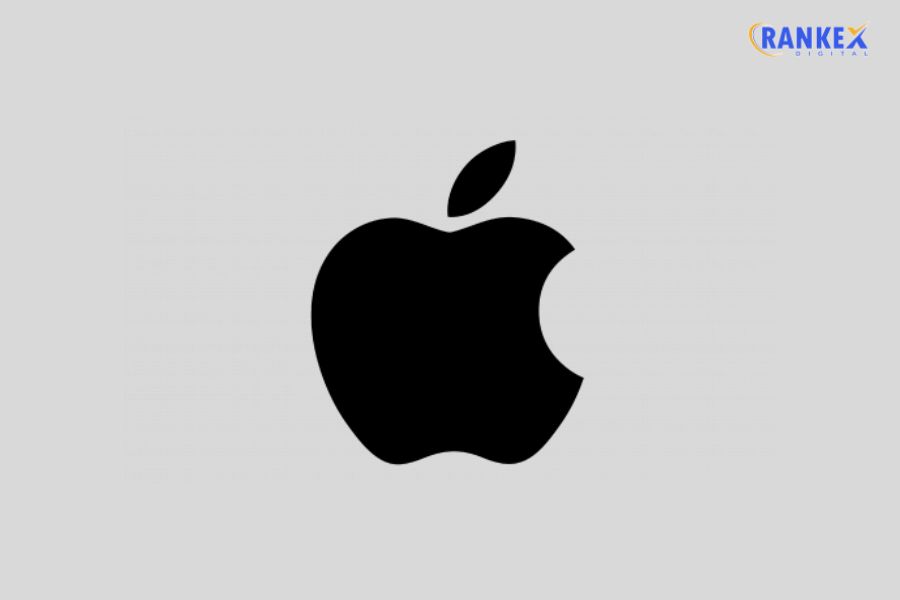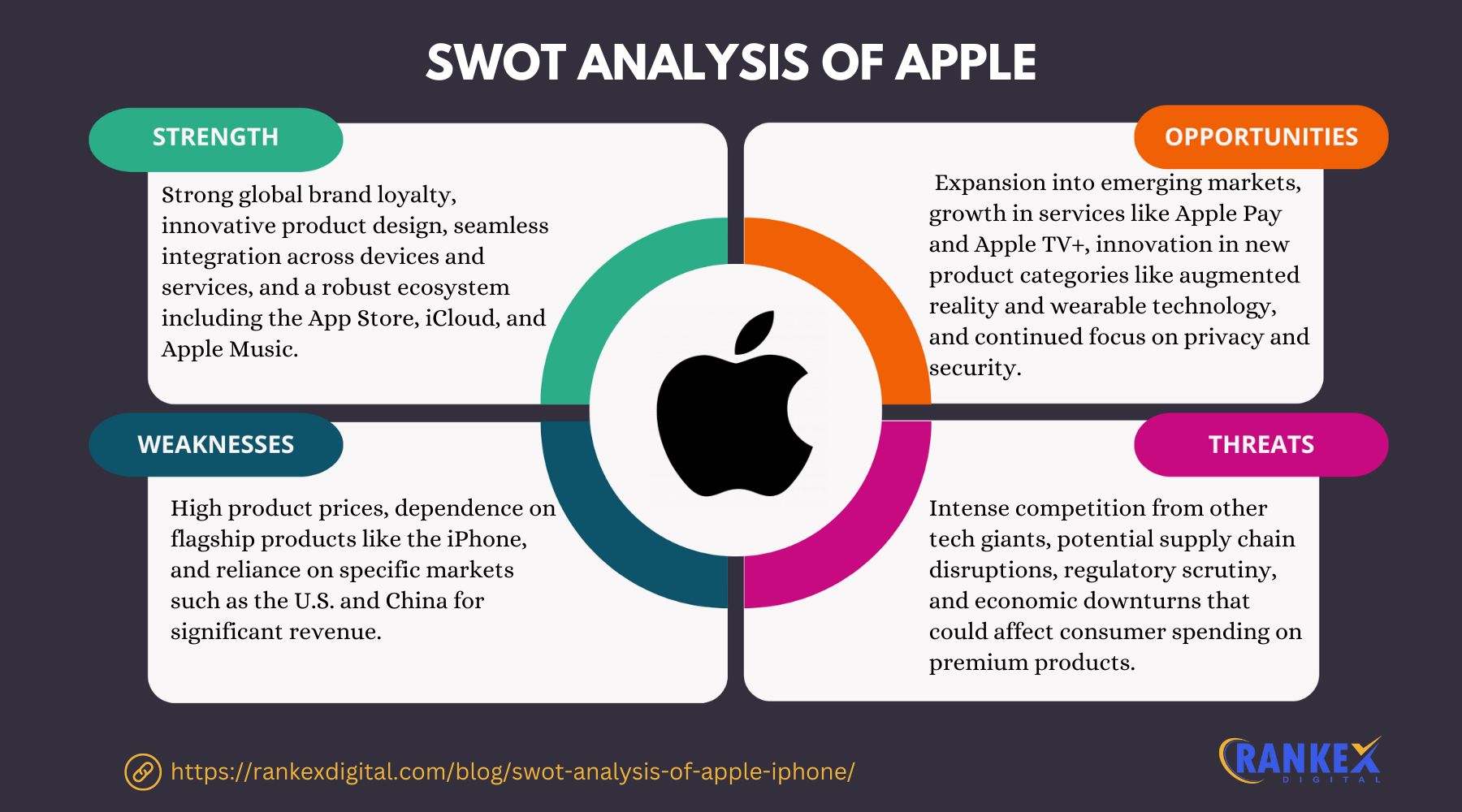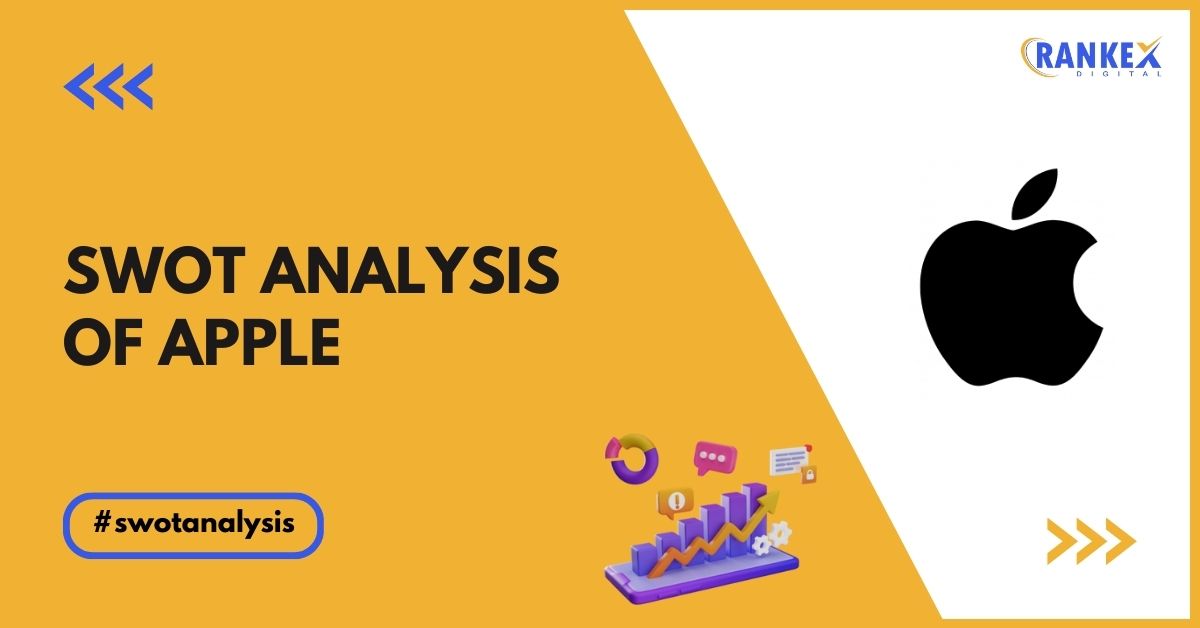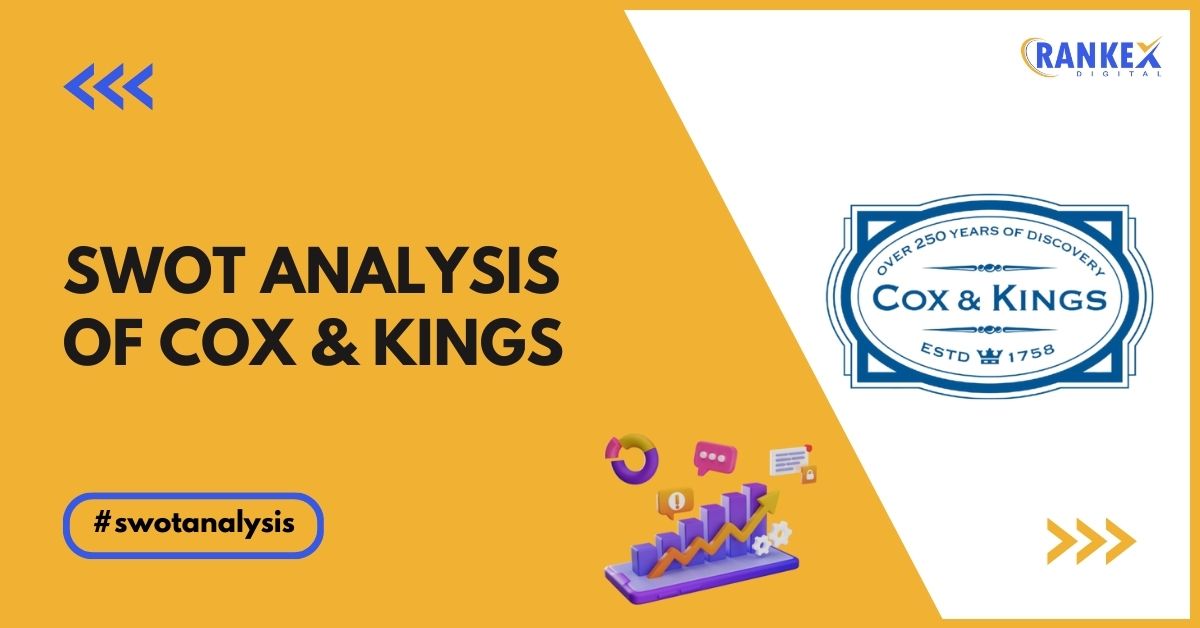The Apple iPhone is one of the most iconic and influential consumer electronics products globally. Since its launch in 2007, the iPhone has revolutionized the smartphone industry, setting new standards for design, technology, and user experience.
Understanding the strengths, weaknesses, opportunities, and threats (SWOT) of the Apple iPhone is crucial for analyzing its competitive position and future growth potential.
This article provides a comprehensive SWOT analysis of Apple iPhone, exploring its key attributes and market dynamics.
Table of Contents
Overview of Apple iPhone

The iPhone was first introduced by Apple Inc. in 2007, marking a significant shift in the smartphone industry. Combining a phone, an iPod, and an internet communicator into a single device, the iPhone revolutionized the way people interact with technology.
Headquartered in Cupertino, California, Apple Inc. has released multiple generations of the iPhone, each introducing innovative features such as the App Store, Retina display, Face ID, and more.
The iPhone is a flagship product for Apple, contributing significantly to the company’s revenue and global brand presence.
Quick Stats About Apple iPhone
| Founder | Steve Jobs, Steve Wozniak, Ronald Wayne |
|---|---|
| Year Founded | 2007 (First iPhone Launch) |
| Origin | Cupertino, California, USA |
| No. of Employees | 164,000+ (Apple Inc.) |
| CEO | Tim Cook |
| Company Type | Public (Apple Inc.) |
| Market Cap | $2.8 Trillion (Apple Inc.) |
| Annual Revenue | $394 Billion (Apple Inc., 2023) |
| Net Profit | $100 Billion (Apple Inc., 2023) |
Current News of Apple iPhone
- Launch of New iPhone Models: Apple recently launched the iPhone 15 series, featuring advanced camera systems, faster processors, and improved battery life.
- Focus on Sustainability: Apple is increasingly emphasizing sustainability, with the iPhone 15 series featuring recycled materials and reduced carbon footprint.
- Expanding Services Ecosystem: Apple continues to grow its services ecosystem, including Apple Pay, Apple Music, and iCloud, which are integrated seamlessly with the iPhone.
- 5G Technology Integration: Apple has fully integrated 5G technology into the latest iPhone models, enhancing connectivity and performance for users worldwide.
SWOT Analysis of Apple iPhone

Strengths of Apple iPhone
- Strong Brand Loyalty:
The iPhone enjoys an exceptionally loyal customer base, with many users returning to Apple with each new release. Apple has cultivated a sense of community and exclusivity, creating an ecosystem that consumers are reluctant to leave. This brand loyalty translates into repeat purchases, ensuring that a significant number of iPhone owners choose to upgrade to the latest models regularly. The sense of brand prestige and status associated with the iPhone further strengthens its consumer appeal. - Innovative Technology:
Apple consistently introduces advanced and innovative technologies that keep the iPhone at the forefront of the smartphone market. Features like Face ID, wireless charging, advanced camera systems, and the proprietary A-series chips all contribute to the iPhone’s position as a market leader. Apple invests heavily in research and development, ensuring that each new model offers substantial upgrades in performance, camera quality, and user experience compared to previous iterations. - Seamless Ecosystem:
One of Apple’s greatest strengths is the seamless integration across its products and services. The iPhone works effortlessly with other Apple devices such as the iPad, Mac, Apple Watch, and HomePod, creating a unified experience. Features like iCloud, iMessage, and Handoff allow users to easily transition between devices, enhancing convenience and productivity. This ecosystem creates a level of customer stickiness that makes it difficult for competitors to replicate, as users are often reluctant to leave once they are deeply integrated into the Apple ecosystem. - Premium Quality and Design:
The iPhone is synonymous with high-quality materials, cutting-edge design, and exceptional attention to detail. The sleek, minimalist aesthetic, combined with premium materials such as glass and aluminium, positions the iPhone as a luxury product. Apple’s commitment to design excellence extends to the user interface as well, with a simple, intuitive operating system that appeals to both tech-savvy individuals and everyday consumers alike. This focus on design ensures that the iPhone remains highly desirable across various consumer demographics. - Global Market Presence:
The iPhone is available in over 100 countries and has a dominant presence in premium smartphone markets worldwide. Its market share in the premium segment continues to grow, especially in developed markets like North America and Europe, as well as in emerging markets such as China and India. Apple’s ability to localize the iPhone for different regions while maintaining its global brand identity has enabled it to become a truly global product. This broad reach helps Apple maintain consistent sales and stay competitive against global competitors.
Weaknesses of the Apple iPhone
- High Price Point:
The iPhone’s premium pricing is one of its main weaknesses, especially in price-sensitive markets. While Apple offers high-end features and quality, the cost of the iPhone puts it out of reach for many potential customers, particularly in emerging markets. As more consumers seek value-for-money options, Apple’s pricing strategy limits its reach in budget-conscious regions. Competing with lower-cost Android devices, which often provide comparable functionality at a fraction of the price, is a continual challenge. - Limited Customization:
Unlike Android devices, which offer users greater freedom to customize hardware and software, the iPhone has limited customization options. Users cannot easily change the appearance of the operating system (iOS), or modify system-level settings. The closed nature of iOS limits the flexibility for tech enthusiasts and those who value a more personalized user experience. This can be a deterrent for customers who prefer the more open, adaptable nature of Android phones. - Dependency on High-End Market:
Apple’s strategy has focused heavily on the high-end market, with iPhones priced at a premium to reflect their advanced features and premium design. This emphasis on the premium segment leaves Apple with limited appeal in the budget and mid-range smartphone categories. As a result, Android devices dominate the lower price points, leaving Apple to compete mainly within the premium segment, which can limit its overall market share, especially in emerging economies where budget-friendly devices are preferred. - Battery Life Issues:
Despite continuous improvements in battery technology, battery life remains a common complaint among iPhone users, particularly with older models. As iPhones become more advanced with higher processing power and feature-rich displays, the increased energy demands sometimes result in reduced battery efficiency. Though Apple has made strides in optimizing battery performance, many users still experience shorter-than-expected battery life, especially after extended use. - Compatibility Restrictions:
The iPhone is built on a proprietary ecosystem, including exclusive technologies such as the Lightning port, iOS operating system, and Apple-specific accessories. This reliance on proprietary systems can make it challenging for users to use third-party accessories and can limit compatibility with non-Apple products. In contrast, Android devices offer greater flexibility with standardized charging ports, file-sharing systems, and accessory compatibility, which can make them more appealing to users seeking greater compatibility.
Opportunities for Apple iPhone
- Expansion in Emerging Markets:
Emerging markets, such as India, Southeast Asia, and Latin America, offer significant growth opportunities for Apple. These regions are experiencing rising disposable incomes and a growing middle class, which could increase the demand for smartphones, including the iPhone. Apple can take advantage of this growth by offering more affordable models or localizing products and marketing strategies to better cater to these regions, potentially boosting its market share in these high-potential markets. - 5G Adoption:
The global rollout of 5G networks presents a major opportunity for the iPhone. With the introduction of 5G-enabled iPhones, Apple can offer faster internet speeds, enhanced video streaming, better gaming experiences, and improved connectivity for a range of applications. As 5G adoption continues to grow worldwide, the iPhone can capitalize on these advancements, positioning itself as a device that delivers superior performance and future-proofing for customers. - Innovation in AR and AI:
Apple has been increasingly focusing on augmented reality (AR) and artificial intelligence (AI) technologies. The iPhone can serve as a powerful platform for AR applications, enhancing gaming, shopping, education, and navigation experiences. Additionally, AI-powered features like enhanced photo processing, voice recognition, and predictive text can further improve the iPhone’s functionality. Apple has the potential to lead in these emerging technologies, creating new use cases and expanding the appeal of its devices. - Growth in Subscription Services:
Apple’s expanding services portfolio, including offerings like Apple One, Apple Music, Apple TV+, iCloud, and the App Store, presents a growing opportunity to generate recurring revenue. By deepening the integration of these services into the iPhone experience, Apple can increase customer loyalty, provide additional value to users, and ensure a steady stream of income outside of hardware sales. This services-driven revenue model could help Apple offset any declines in iPhone sales. - Sustainability Initiatives:
As consumers become more environmentally conscious, Apple’s focus on sustainability presents an opportunity to enhance the iPhone’s appeal. Apple has already taken steps to reduce its carbon footprint, use recycled materials in its products, and eliminate harmful chemicals. By continuing to prioritize sustainability in its manufacturing processes and product design, Apple can attract environmentally-conscious consumers and differentiate itself from competitors.
Threats to Apple iPhone
- Intense Competition:
The smartphone market is highly competitive, with numerous brands like Samsung, Huawei, Google, and OnePlus constantly releasing new models and innovations. These competitors offer high-quality devices at a variety of price points, putting pressure on Apple to constantly innovate. Additionally, Chinese manufacturers like Xiaomi and Oppo are gaining traction in global markets, further intensifying competition. - Market Saturation:
In developed markets, such as North America and Europe, the smartphone market is becoming increasingly saturated. Most consumers already own smartphones, and the rate of new customer acquisition has slowed down. As a result, Apple faces challenges in driving significant growth in these regions and must focus on retaining existing customers and encouraging upgrades to newer iPhone models. - Regulatory Challenges:
Apple is facing increasing scrutiny from regulators, particularly around its App Store policies, privacy practices, and antitrust concerns. For example, investigations into Apple’s App Store fees and the control it exerts over the distribution of apps could lead to legal challenges, fines, or the need for significant changes to its business model. Privacy concerns, especially with the handling of user data, could also damage Apple’s reputation and lead to more regulation. - Economic Downturns:
Global economic instability, including recessions, inflation, or currency devaluation, could reduce consumer spending on luxury goods like the iPhone. In times of economic downturn, consumers are more likely to prioritize essential purchases, and Apple could face a decline in demand for its premium-priced products. Economic challenges in key markets could make it difficult for Apple to maintain its sales growth. - Supply Chain Disruptions:
Apple’s reliance on a global supply chain, particularly in Asia, makes it vulnerable to disruptions from geopolitical tensions, natural disasters, or pandemics. Issues such as chip shortages, factory shutdowns, or trade wars could severely impact Apple’s ability to manufacture and deliver iPhones on time. Supply chain disruptions could lead to delays, shortages, and increased costs, impacting both product availability and profitability.
Top Competitors of Apple iPhone
- Samsung: A leading competitor in the premium smartphone market, known for its Galaxy series and innovation in display technology.
- Huawei: Despite facing challenges in Western markets, Huawei remains a strong competitor, particularly in Asia, with its advanced camera technology and 5G capabilities.
- Google: The Google Pixel series competes with the iPhone in terms of camera quality and software integration, offering a pure Android experience.
- Xiaomi: Known for offering high-quality smartphones at affordable prices, Xiaomi is a significant competitor, especially in price-sensitive markets.
- OnePlus: OnePlus is gaining traction in the premium segment with its focus on performance, design, and community-driven product development.
Conclusion
The SWOT analysis of the Apple iPhone highlights its strong brand loyalty, innovative technology, seamless ecosystem, premium quality, and global presence as key strengths. However, the iPhone faces challenges such as its high price point, limited customization, and dependency on the high-end market.
Opportunities for the iPhone include expansion in emerging markets, 5G adoption, innovation in AR and AI, growth in subscription services, and sustainability initiatives. On the other hand, threats include intense competition, market saturation, regulatory challenges, economic downturns, and supply chain disruptions.
By leveraging its strengths and opportunities while addressing its weaknesses and threats, the Apple iPhone can continue to lead the global smartphone market and drive future innovation.
Frequently Asked Questions
1. What are the strengths of the Apple iPhone?
The main strengths of the Apple iPhone include its strong brand loyalty, innovative technology, seamless integration with the Apple ecosystem, premium quality and design, and a global market presence. The iPhone’s consistent innovation, such as advanced camera systems and Face ID, combined with its high-quality materials and user-friendly interface, have made it one of the most popular smartphones worldwide.
2. What are the weaknesses of the Apple iPhone?
Key weaknesses of the iPhone include its high price point, limited customization options, and dependency on the high-end market. Additionally, issues with battery life (particularly with older models), compatibility restrictions due to proprietary technologies like the Lightning port, and a lack of flexibility in hardware and software customization can detract from its appeal to some users.
3. What opportunities does Apple have with the iPhone?
Apple has several opportunities to expand its reach and improve its offerings. These include expanding in emerging markets by offering more affordable models, capitalizing on 5G adoption for faster connectivity, leveraging augmented reality (AR) and artificial intelligence (AI) to enhance iPhone functionality, growing its subscription services ecosystem, and continuing to focus on sustainability initiatives to attract environmentally-conscious consumers.
4. What threats does the Apple iPhone face?
The iPhone faces significant threats from intense competition in the smartphone market, especially from brands like Samsung, Huawei, and emerging players like Xiaomi. Other threats include market saturation in developed regions, increasing regulatory scrutiny around Apple’s App Store policies and privacy practices, economic downturns that could impact consumer spending on premium devices, and supply chain disruptions due to geopolitical tensions or global crises.
5. How does Apple’s ecosystem benefit the iPhone?
Apple’s ecosystem is one of its key strengths, offering seamless integration across a wide range of Apple products and services. The iPhone works effortlessly with devices like the Apple Watch, Mac, and iPad, as well as services like iCloud and Apple Music. This integration enhances the user experience, making it difficult for competitors to replicate, and increases customer loyalty by locking users into the Apple ecosystem.
6. Why is the iPhone considered a premium product?
The iPhone is considered a premium product due to its high-quality materials, cutting-edge technology, and sleek design. Apple uses premium materials such as aluminum and glass, and its focus on delivering a user-friendly, polished experience contributes to the iPhone’s luxury status. Additionally, Apple’s reputation for innovation and product reliability has helped position the iPhone as a high-end offering in the smartphone market.
7. How does the iPhone’s pricing affect its market share?
The iPhone’s premium pricing limits its appeal in price-sensitive markets, especially in emerging economies where consumers may opt for more affordable Android devices. However, in developed markets, the iPhone’s high price point is often associated with its premium quality, and many consumers are willing to pay the premium for a superior product. Apple’s challenge is balancing this high price with expanding its market share in emerging regions by potentially offering more affordable models.
8. What role does 5G play in the future of the iPhone?
The adoption of 5G networks presents a significant opportunity for Apple. 5G technology promises faster internet speeds, lower latency, and better performance for streaming, gaming, and general app usage. By incorporating 5G into future iPhone models, Apple can offer superior connectivity and performance, increasing the device’s appeal as more markets roll out 5G networks globally. This will likely help Apple maintain its leadership in the premium smartphone segment.
9. How does Apple address sustainability with the iPhone?
Apple has made sustainability a key priority in its iPhone development. The company focuses on using recycled materials in manufacturing, reducing carbon emissions, and designing products with energy efficiency in mind. Apple also aims to reduce electronic waste by promoting trade-in and recycling programs, which can enhance its appeal among environmentally conscious consumers.
10. What competitive challenges does the iPhone face?
The iPhone faces competition from Android smartphones, which often offer similar features at a lower price. Brands like Samsung, Huawei, Google, and others regularly launch new models that challenge the iPhone’s dominance with cutting-edge technology and unique features. The rise of Chinese manufacturers, especially in markets like India and Southeast Asia, has intensified the competition, particularly in budget and mid-range categories.











